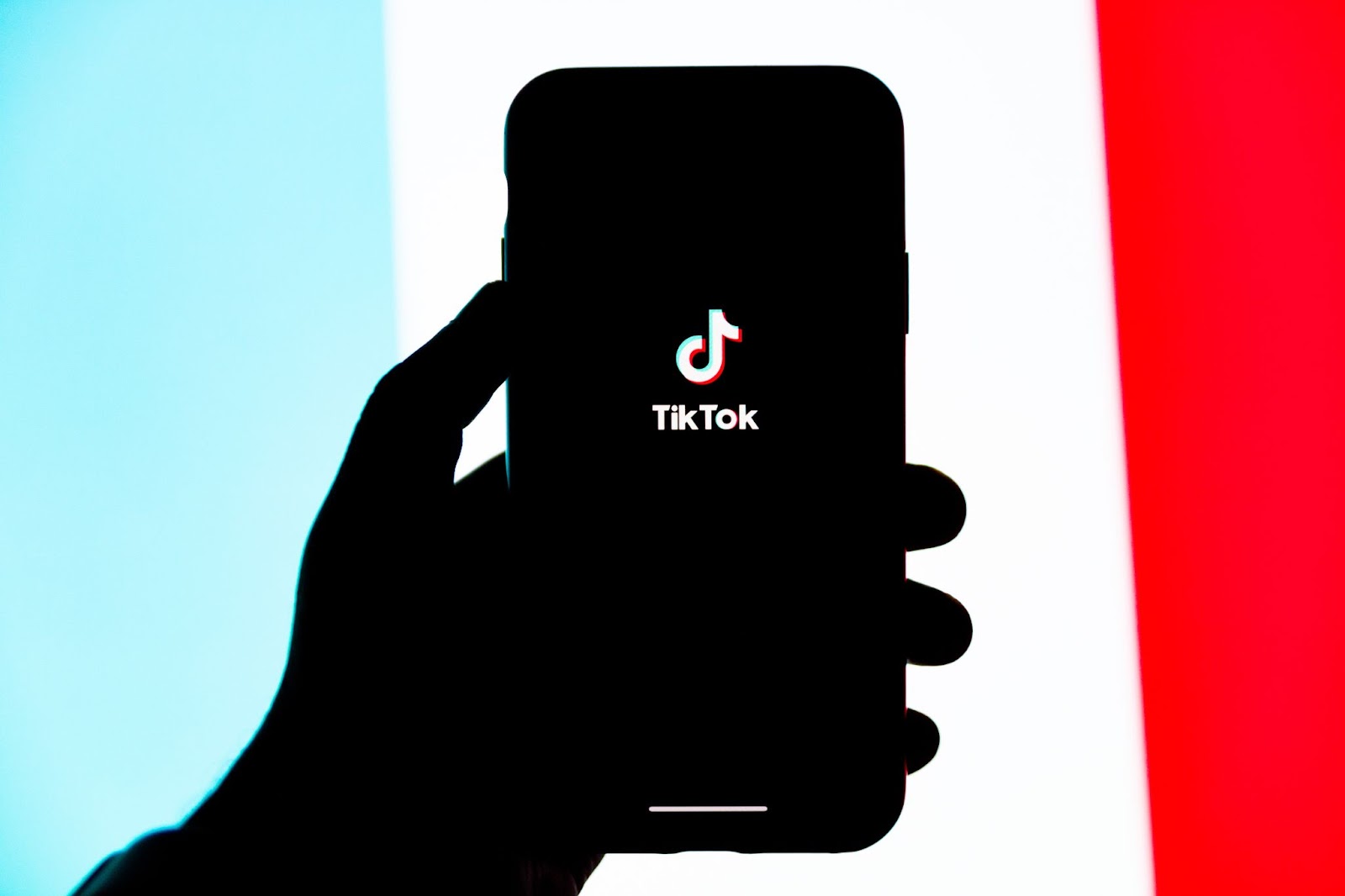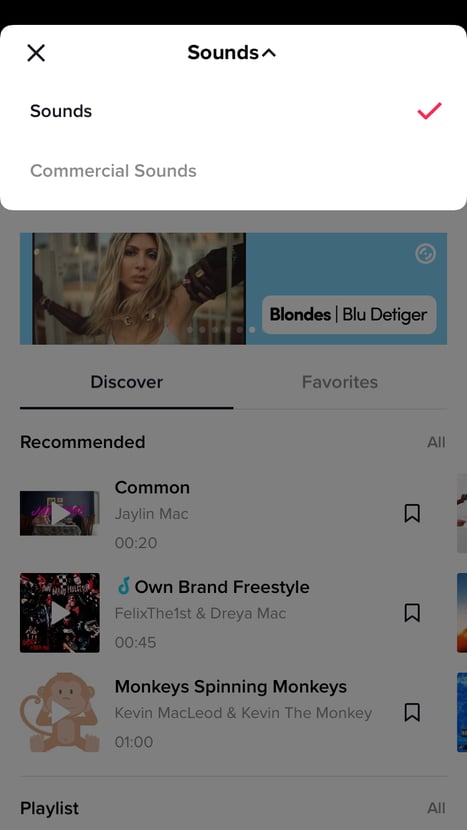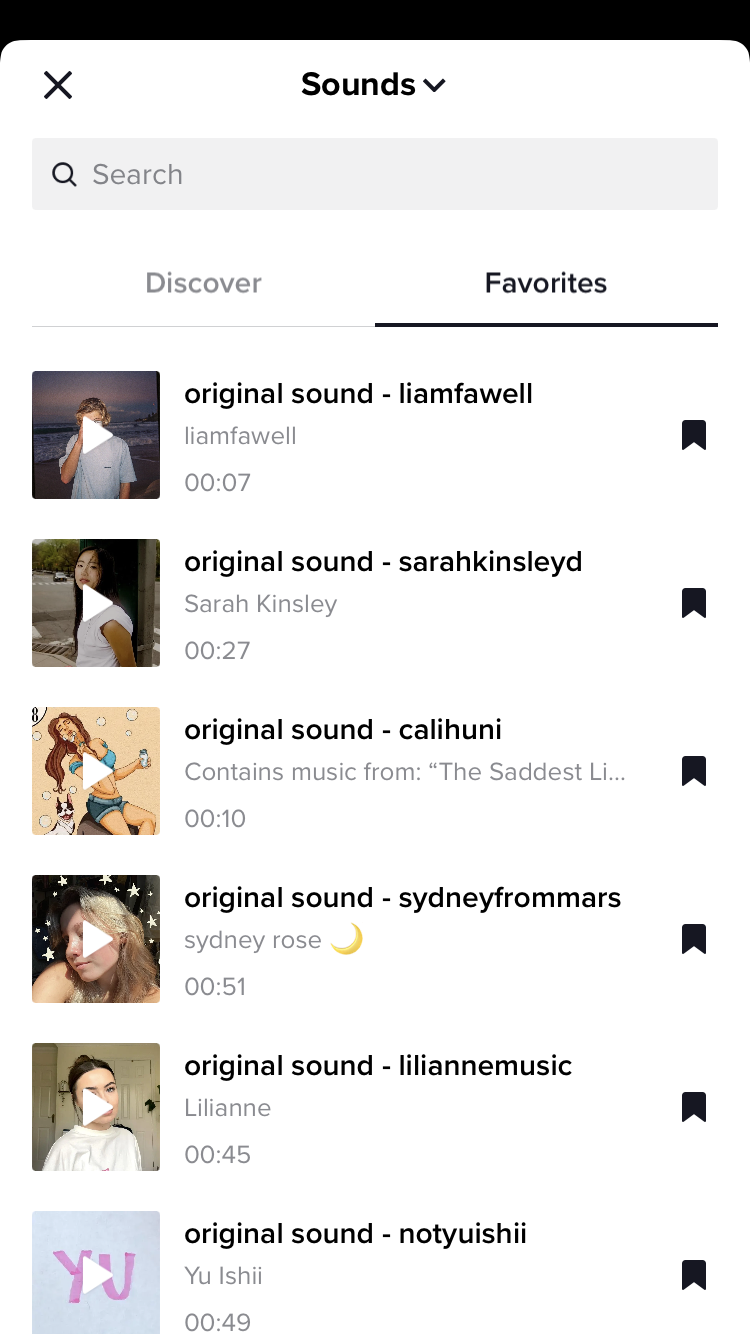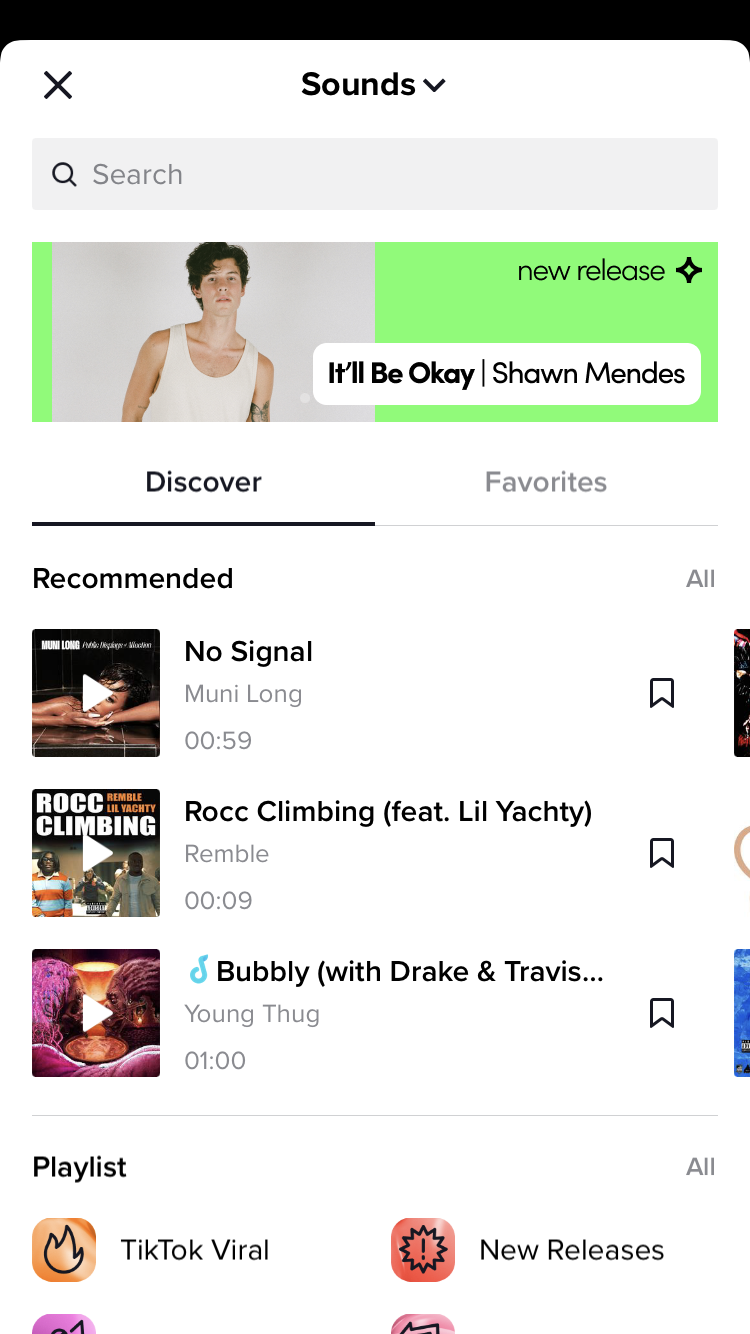*Updated February 2022
TikTok is a highly influential social media platform. If you need proof, one viral TikTok trend from creator Emily Mariko inspired thousands of users to recreate the now-classic Salmon Bowl recipe — leading to a 100% increase in salmon and dried seaweed sales.
While it seems surreal that a short video could have such a major impact on buyer behavior, this type of response is more common than you might think. (Don’t even get us started on the Squid Games’ dalgona candy trend.)
Thanks to the TikTok algorithm, any of the one billion users on TikTok stand a chance to create content one day and wake up to millions of views and likes the next day. Regardless of follower count, you could be responsible for the next global TikTok trend.
But how? How do you get your TikTok videos to stand out on more For You pages?
Well, the algorithm gathers a lot of data on user preference (more on that later), and music is a big factor. Since this is a video sharing platform, the right sounds can make a video more enjoyable and For You page-worthy.
That's why we're sharing five best practices for adding great music to your videos.
How to add music to TikTok (more strategically)
- Understand how the app works.
- Pay attention to the latest music trends.
- Find and add music that is attention grabbing.
- Save the song for later — or use it now.
- Don’t add music to a sponsored video that isn’t copyright-safe.
Before jumping right into these tips, let’s cover some important context.
TikTok’s origin story

Image source: Photo by Solen Feyissa on Unsplash
These days, the TikTok app holds its own as one of the most popular social media platforms in the world with an active user base of one billion people. But what you might not know is that this app has evolved a lot over the past few years.
Before TikTok, there was Musical.ly — a popular app for creating and sharing lip-sync videos. A couple years after Musical.ly’s 2014 release, Chinese tech company ByteDance created Douyin (the app that would eventually become TikTok).
In 2017, ByteDance acquired Musical.ly, integrated its features into Douyin, and rebranded the app as TikTok. Throughout this entire process, the one thing that set this app apart from platforms like Instagram and Twitter was that music was at the core of content creation.
The lip-sync trend has carried on, but new trends have emerged courtesy of Emily Mariko, Charli D'Amelio, and many other content creators. Not only has music been in the background of trending videos, but it’s also been the reason why some trends happen in the first place.
(“Oh No” by Kreepa is a prime example of a song that became a viral sound — and then part of a viral trend — on TikTok. To date, 18.4 million+ videos have been created using this song.)
So, this begs the question, “How does a song or sound go viral on TikTok and start a new trend?” Well, it starts with the algorithm.
How TikTok's algorithm works
Social media algorithms are designed to create a more curated user experience and, ultimately, keep us on the apps for longer. But here’s the thing: TikTok’s algorithm operates differently than most other platforms’ algorithms.
On YouTube, for instance, the algorithm rarely (if ever) recommends a video by a content creator with few subscribers and low engagement on previous videos. The search results are ranked based on metrics like click-through rate, watch time, and likes. (That’s why YouTube SEO exists.)
On the TikTok app, however, video recommendations are less about popularity and more about personalization. A TikTok user could have 10 subscribers, 20 likes on the video, and zero comments and still land on your For You page if the content matches your interests.
And that’s because — along with likes, comments, and shares — TikTok’s algorithm is paying attention to factors like:
- The accounts you follow (and accounts you’ve hidden)
- Videos you’ve favorited in the past
- Sounds (including music) you like based on past engagement
- Trends you pay attention to
- Videos you’ve marked as “not interested”
- Captions (hashtags, video description, etc.)
Another key difference here is that TikTok’s algorithm curates a personalized video queue for each individual user — meaning that no two For You pages will ever be the same. The algorithm benefits all users but especially those on the content creation side of the app, and here’s why.
Why content creators love the TikTok algorithm
Maybe you want to generate public buzz for the release of your upcoming film or grow your brand’s audience on social media. Maybe you want to get the word out about your EP debut as a new artist.
No matter why you started a TikTok account, there’s mass appeal for a reason: Thanks to the algorithm, any content creator can thrive on the platform when they share great-quality content and start (or follow) the right trend.
It’s a level playing field for content creators because you’re not automatically at a disadvantage as a newcomer on the app. By brushing up your recon skills, you can find out what trends your target audience is following, what music they like, and then use that to create better videos.
Because the algorithm tracks the sounds and music used in videos, it’s something you want to pay attention to when making your own TikTok videos. To help you out in this process, here are five best practices for adding music to Tiktok.
How TikTok creators add music to videos
1. Understand how the app works.
TikTok forms licensing agreements with artists and publishers to create an in-house library of music that users can add to their videos without hassle. But keep in mind that not all songs are cleared for commercial use.
When you select the “+” sign in the app and “Add sound” at the top of the screen, notice how the music is separated into two categories: “Sounds” and “Commercial Sounds.”

If you’re making a sponsored video or ad campaign for TikTok, then “Commercial Sounds” is where you’ll want to go to find copyright-safe music. If you’re creating videos that don’t fall into the commercial-use category, then you can tap “Sounds” and choose from any song in that category.
From there, you can discover new songs or select the “Favorites” tab to see a list of songs that you’ve favorited from TikTok videos you’ve watched in the past.

Once you find a song you like, you can add it to a video you’ve already made and edited, or drop it into a new video you’re recording directly through the app.
(Note: You also have the option to create an original sound for a TikTok video. This could be a music performance, sound effects, voice over, or any other audio clip.)
2. Pay attention to the latest music trends.
If you want to get on board with the latest music trends (which is a strategic move for content creators), the Recommended section of the “Sounds” category will point you in the direction of the most popular songs on the app.

This will give you a general idea of the music that TikTok users like to hear in videos, but you can go a step further and conduct some market research of your own. In other words, get to know your target audience.
What trends are your target viewers following? What types of videos are they watching? Once you find that out, pay attention to the music used in these videos.
By adding your viewers’ favorite music to your videos, you stand a better chance of landing your videos on their For You pages because of the algorithm.
3. Find and add music that is attention grabbing.
Using music that you know your audience will like is always a good strategy, but if one of your goals is to start a new trend, be on the lookout for music that is attention-grabbing.
New content is shared on the TikTok app every second, so your content has to stand out once it’s live on the app. Users will scroll past videos until they see something they want to stop and engage with, and the right music can help you hook them.
Take some time to peruse TikTok’s music library before you add music to your next video, and test out a few of your favorite options (including an original sound).
So long as the song makes sense within the context of your video clip, why not give it a shot? You could end up starting the next big music trend.
4. Save the song for later — or use it now.
The great thing about adding music to TikTok is that you can be proactive. As you watch TikTok videos or look through the music library, you can save the songs or sound effects that you love and would potentially add to videos in the future.
This allows you to make your own curated mini library within the app and quickly find your favorite music when it’s time to upload a new video. And, if a song sparks your creativity instantly, you always have the option to make an impromptu video right then and there.
5. Don’t add music to a sponsored video that isn’t copyright-safe.
Music licensing is a complex and necessary process that shouldn’t be overlooked, whether you’re producing a social media video, indie film, or commercial ad.
That's why using royalty free music is always a good idea.
The last thing you want when adding music to a TikTok video is to get a DMCA notice or copyright claim once the video is published. To avoid any legal trouble, the best course of action is to add music from the “Commercial Sounds” tab in the app.
By following the best practices outlined in this guide — and abiding by music licensing rules at all times — you can add music to TikTok videos the right way and get your content in front of even more viewers.
Further reading
Interested in reading more top resources and getting our best filmmaking tips and tricks? Here are a couple of our most popular articles from across the Soundstripe blog:

